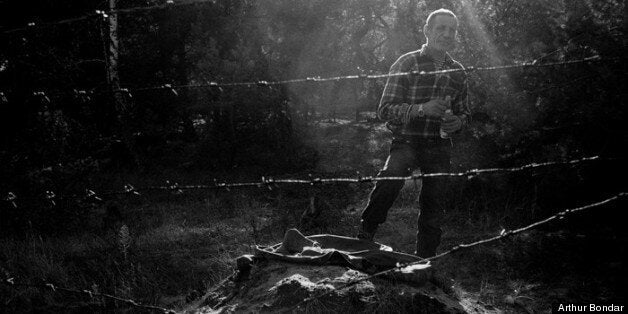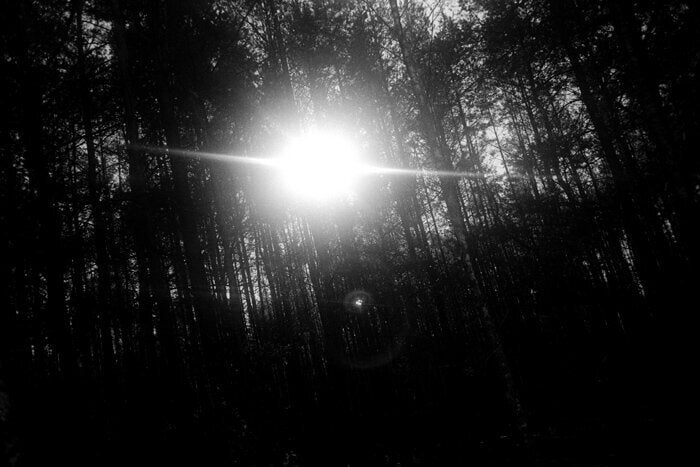
The night of April 26, 1986, a sudden surge of power in Unit 4 of the nuclear power plant in Chernobyl, Ukraine, caused the largest nuclear disaster the world had ever witnessed.
It took firefighters and plant workers days to extinguish the fire raging inside the unit. In the meantime, an unprecedented amount of radioactive material was released into the environment. As radiation clouds crept over much of Europe, 115,000 people living near the plant were forced to evacuate immediately and authorities installed a 30-kilometer (19-miles) radius zone that became only accessible with official permits.
In the years after the disaster, another 220,000 people were forced to leave their homes. Pripyat, a town near the plant where a lot of the workers lived, was deserted and included in the off-limits zone.
The health-effects of the Chernobyl disaster were immediately apparent. As the U.S. Nuclear Regulatory Commission details, 134 of the 600 workers who were at the plant at the time of the explosion suffered from radiation sickness and 28 of them died within four months after the accident. The World Health Organization explains that cases of thyroid cancer among people who were young in 1986 spiked, and doctors detected an abnormal number of cases of leukemia among the most exposed workers at the facility.
Growing up, Chernobyl was never far out of the mind of Arthur Bondar, an award-winning documentary photographer based in Kiev, Ukraine. "We grew up with Chernobyl in our mind and consciousness," he told The Huffington Post.
Bondar started to visit Chernobyl in 2008, and has returned frequently in the past five years to photograph the villages and the people living near the exclusion zone. "From that time I've understood that the zone is not a dead place that is just fenced," he explains. "It is more alive than many people think."
Bondar says that people have come back to their houses, growing gardens with fruit and vegetables to feed their families. "They go to the forests to hunt and fish, and to pick up mushrooms and berries," he adds. "Radiation is part of their life."
In every town, Bondar asks the same question: "Are you afraid of radiation?"
"There has been no life here at all after the explosion," a resident of Gubin village, one kilometer from the zone, answered, according to the photographer's translation. "It is not a life, it is surviving. I am ready and want to die now, but God doesn't let it happen."
Bondar says life in the exclusion zone remains harsh as villagers lack medical services and financial help. "For the 25th anniversary of the Chernobyl tragedy, our government built new roads, painted buildings and the only working church, even a park with sculptures on the main square of Chernobyl city. They've spent hundreds of thousands of dollars to show the world how they care about the territory, but in real life the general situation of the consequences of the tragedy remain the same. People who live close to the Exclusion Zone have really suffered."
Take a look at Bondar's incredible photos from Chernobyl's exclusion zone in the slideshow below and visit his website for more of his projects.

